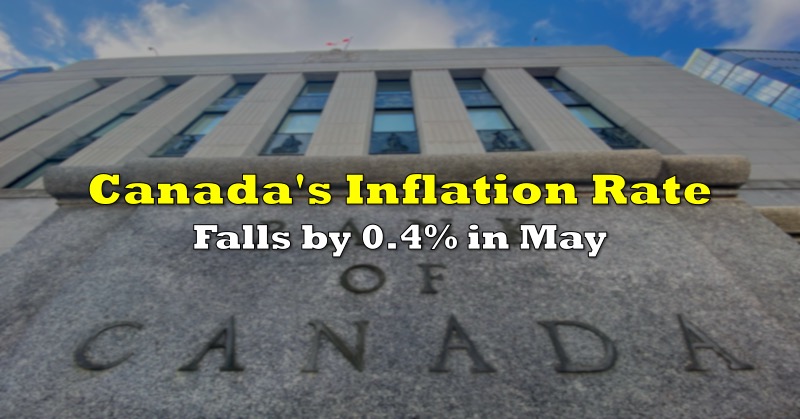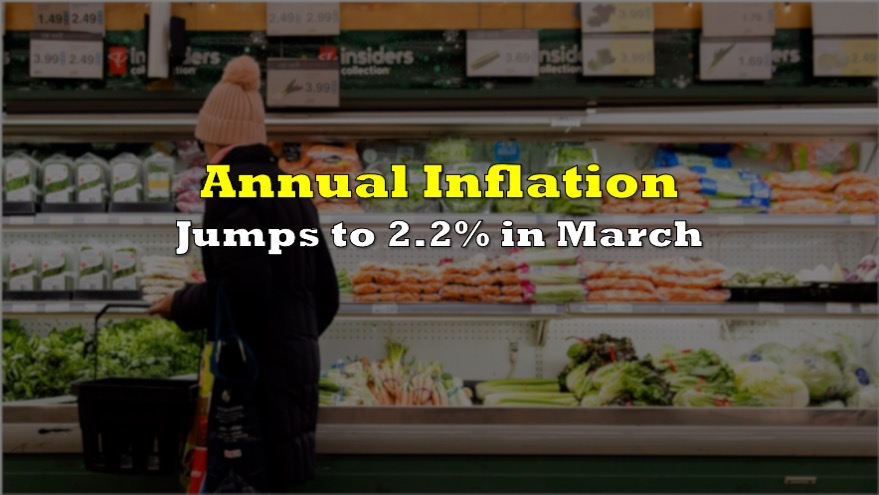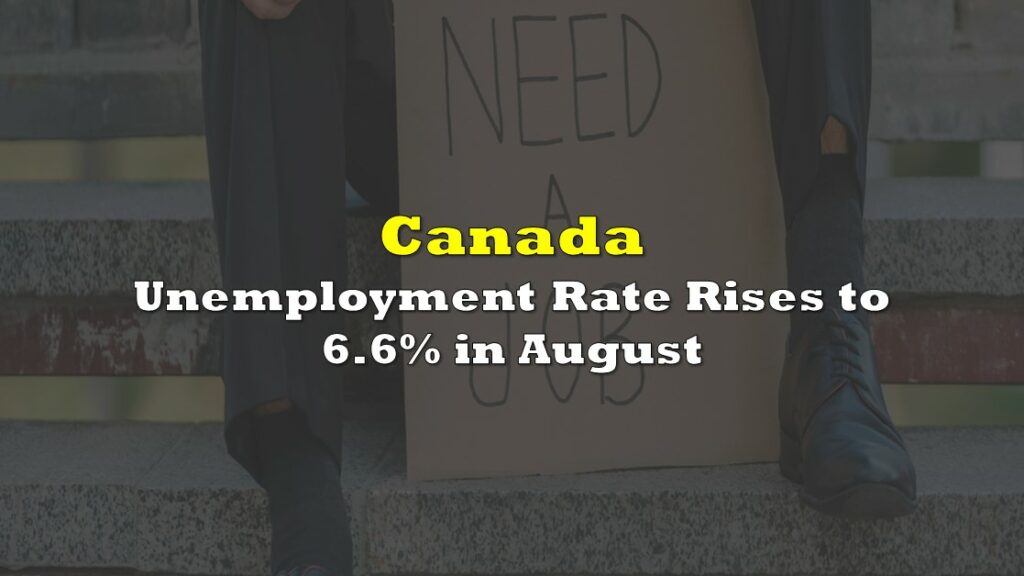Price pressures for the month of December slowed down across Canada, as much of the country went into tighter lockdowns amid a resurgence of Covid-19.
According to data released by Statistics Canada, annual inflation dropped from 1% to 0.7% in December, after economists surveyed by Bloomberg anticipated inflation to reach 1%. The decline in December’s consumer price growth is largely attributed to reduced air transportation prices and food prices. Excluding the volatility of gasoline, Canada’s CPI rose by 1%— a decline from the 1.3% increase observed in November.

On a year-over-year basis, price increases were observed across six of the eight major components in December. Shelter prices rose by 5.5%, mostly due to increasing homeowner’s replacement costs. Record-low interest rates and a shift in consumer preferences towards more spacious living have caused demand for single-family homes to soar. The surge in demand, coupled with rising construction material costs, have contributed to low inventory levels in some regions across Canada, ultimately leading to higher shelter costs.

For the first time since July 2020, gasoline prices recorded an increase, rising by 3.3% in December. Output cuts in major oil-producing nations caused crude oil prices to rise; however, despite the noted monthly increase, gasoline prices remained 8.5% below December 2019 levels.

The reduction in air travel demand amid the pandemic continues to add strain to Canada’s air transportation prices. On a year-over-year basis, air transportation prices declined by 14.5% in December, even despite the slight surge in demand during the holiday season. However, on a monthly basis, prices rose by 7.4% since November.
Year-over-year, food prices across Canada increased by 1.1% in December, albeit a slower pace compared to November’s increase of 1.9%. Prices of fresh vegetables grew by 1.1%, meanwhile prices of fresh fruit dropped by 6% year-over-year. Ideal weather conditions in growing regions in the US and Mexico caused the supply of fresh vegetables and fruit to increase, and supplies for the food service industry were redirected to retail outlets.
Statistics Canada data also revealed a regional divergence of beef prices across the country. Fresh or frozen beef prices rose by 4.4% in Quebec, meanwhile consumers in Ontario paid 2.7% less compared to the same month a year prior. Price declines in both Ontario and Western Canada added to the 1.5% year-over-year drop in beef prices observed across the country.
Information for this briefing was found via Statistics Canada. The author has no securities or affiliations related to this organization. Not a recommendation to buy or sell. Always do additional research and consult a professional before purchasing a security. The author holds no licenses.










One Response
thank you for sharing, what’s next?